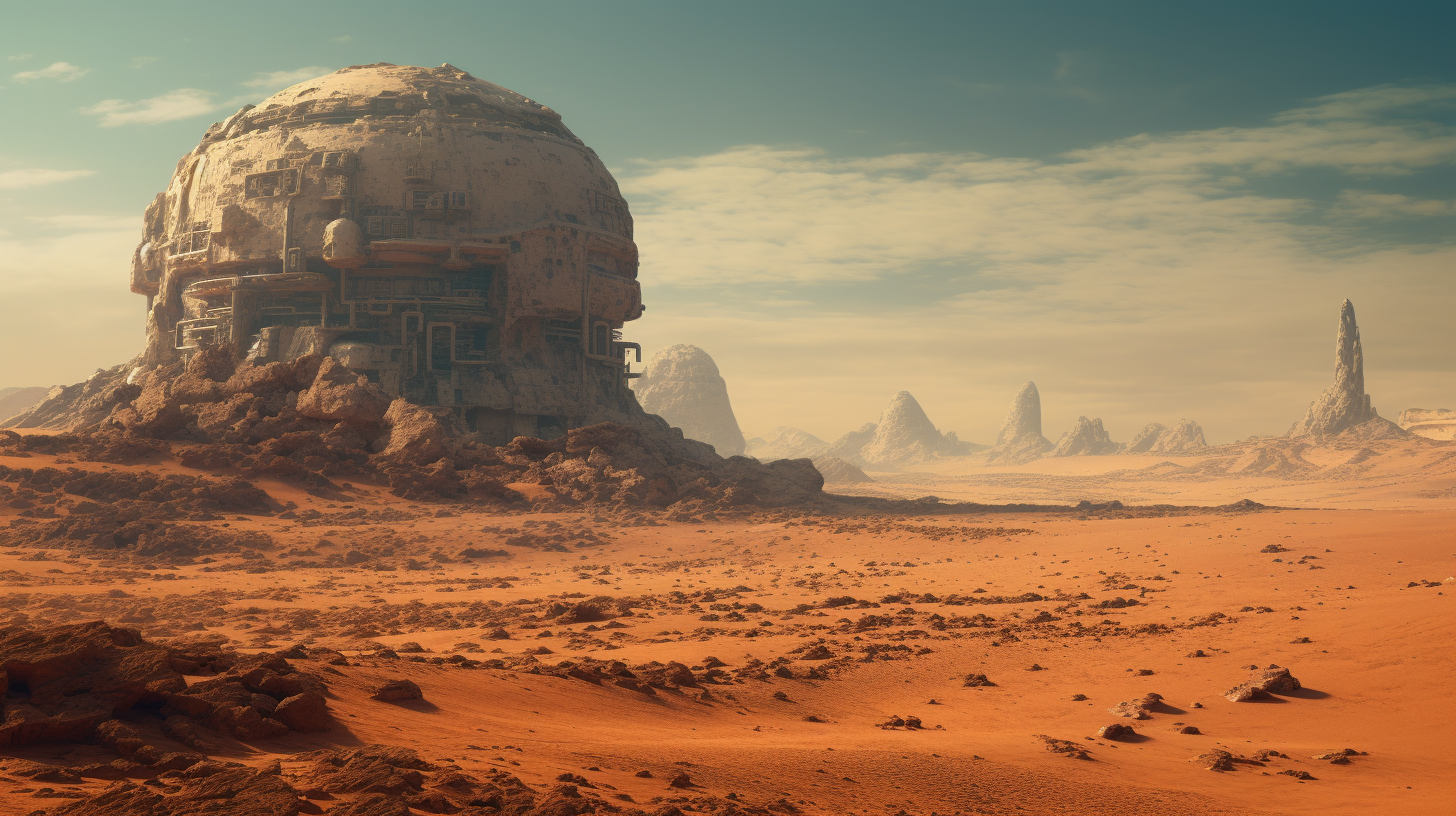In March 2020, the Cydonia Institute, a dedicated group of researchers with a passion for deciphering the enigmatic landscapes of Mars, released a groundbreaking study that sent shockwaves through the scientific community.
Their research centered around satellite photographs capturing the Martian surface. What they uncovered was nothing short of astonishing – formations resembling pyramids with four and five sides, as well as an assortment of intriguing mountains.
The journey of the Cydonia Institute’s investigation began in 1991 when NASA made a pivotal announcement regarding a return mission to Mars known as the Mars Observer.
Over three decades, the group meticulously studied NASA’s photographic archives, accumulating a wealth of evidence suggesting the presence of artificial structures on Mars.
Their mission? To assemble an irrefutable body of evidence that could substantiate their claim that the planet bore traces of ancient ruins. This task resembled the meticulous detective work one might undertake on Earth: searching for straight lines, parallel lines, circles, squares, rectangles, and other geometric patterns hidden within the Martian terrain.

One of the most remarkable findings came after the Perseverance rover landed. Among the initial images captured was a peculiar conical pyramid in the distance. Geologically speaking, its presence defied explanation.
However, the team knew that even more compelling evidence might be waiting, locked away in images yet to be released by NASA. The rover had set down in a region rich with aquatic potential, but the true treasures, they believed, lay further inland, concealed within the Martian landscape.
For over four decades, the possibility of an ancient Martian civilization has tantalized researchers and the public alike. The allure of Mars, which has intrigued humanity for millennia, came into sharper focus with the dawn of the space age. Early missions, such as Mariner 4 in 1965, yielded only fuzzy photographs that depicted Mars as a barren lunar-like landscape.
It wasn’t until 1976, with the arrival of Viking 1 and Viking 2, that humanity received tens of thousands of high-resolution images that opened the door to speculation.
As photographic resolution improved, so did the imaginations of those who scrutinized the images. Some believed they had glimpsed hints of life, structures resembling buildings, obelisks, and other potential remnants of a lost civilization.
The Martian landscape seemed to be dotted with enigmatic shapes and pyramidal structures that defied natural explanations.

Among the most iconic enigmas was the “Face on Mars.” In Viking lander photographs, a peculiar formation emerged, resembling a colossal face. The proportions were astonishing: a face stretching over a mile and a half, with an eye measuring a quarter of a mile and a nose roughly half a mile long.
It was not a modest structure by any measure. Some theorists speculated that this face was the result of ancient Martians repurposing an existing mesa, transforming it into a monumental visage.
Adjacent to the “Face on Mars,” another mystery awaited discovery: the D&M Pyramid. This enigmatic structure displayed a five-sided configuration, marked by symmetrical angles of 30, 60, and 90 degrees. Its geometry was so precise that experts argued it could not have formed naturally, sparking intense debate and curiosity.
Decades have passed since the initial photographs were taken, but the fascination with the “Face on Mars” remains undiminished. It serves as a testament to the enduring allure of the Red Planet and the enduring questions that surround it.
While skeptics suggest that some of these anomalies may be mere tricks of the light or peculiar rock formations, the possibility of unearthing a genuine Martian mystery keeps researchers and enthusiasts captivated.
Video:
In the quest for answers, the Cydonia Institute and other passionate investigators continue to analyze the Martian terrain, sifting through the pixels of photographs, hoping to unlock the secrets hidden within.
As they do, they leave us pondering the tantalizing question: Could an advanced civilization have once thrived on Mars, leaving behind traces that continue to defy our understanding of the cosmos?
The mysteries of Mars endure, challenging our perceptions and beckoning us to explore further, leaving us with more questions than answers.

19 thoughts on “Mysteries of Mars: Could Ancient Civilizations Have Left Their Mark?”
Comments are closed.